I don't do much in terms of skincare apart from using sun protection, however, I do use rose water as a toner. For as long as I can remember rose water has been present not only in my skincare routine but also for multiple other things like a cold compress for irritated eyes, insect bites and even as a food recipe ingredient. I always used store-bought as I never thought it was something that could be made at home with a simple process using just rose petals and distilled water. For the past few years, I have been foraging and more focused on sustainability, low-impact living and moving towards a more chemical-free, holistic lifestyle. I have seen a lot of people make rose water and discovered that it is, indeed, a relatively simple distillation process to make at home.

Jump to:
What Type of Rose Should I Use For Rose Water?
You can use any rose for rose water, however, there are many cultivated roses that look beautiful and bloom prolifically but are not very fragrant. Also, you want to be sure the roses you use have not been treated with pesticides. For my rose water, I have used Ragusa Rose. It is a species of rose native to east Asia but also widespread in Europe and North America. The pleasantly scented flowers mainly appear in spring and consist of five petals. They are used for pot pourii in Japan and China. They are usually purple/pink but also sometimes white. Rose Ragusa is a prolific growing plant and is popular with foragers. Its bright red hips are distinctively large, almost tomato-like, giving it the common name of beach tomato or sea tomato (it grows well in coastal areas). The hips are edible and packed with vitamin C (more than oranges!).
I have also used the Ragusa rose petals in my rose harissa recipe.
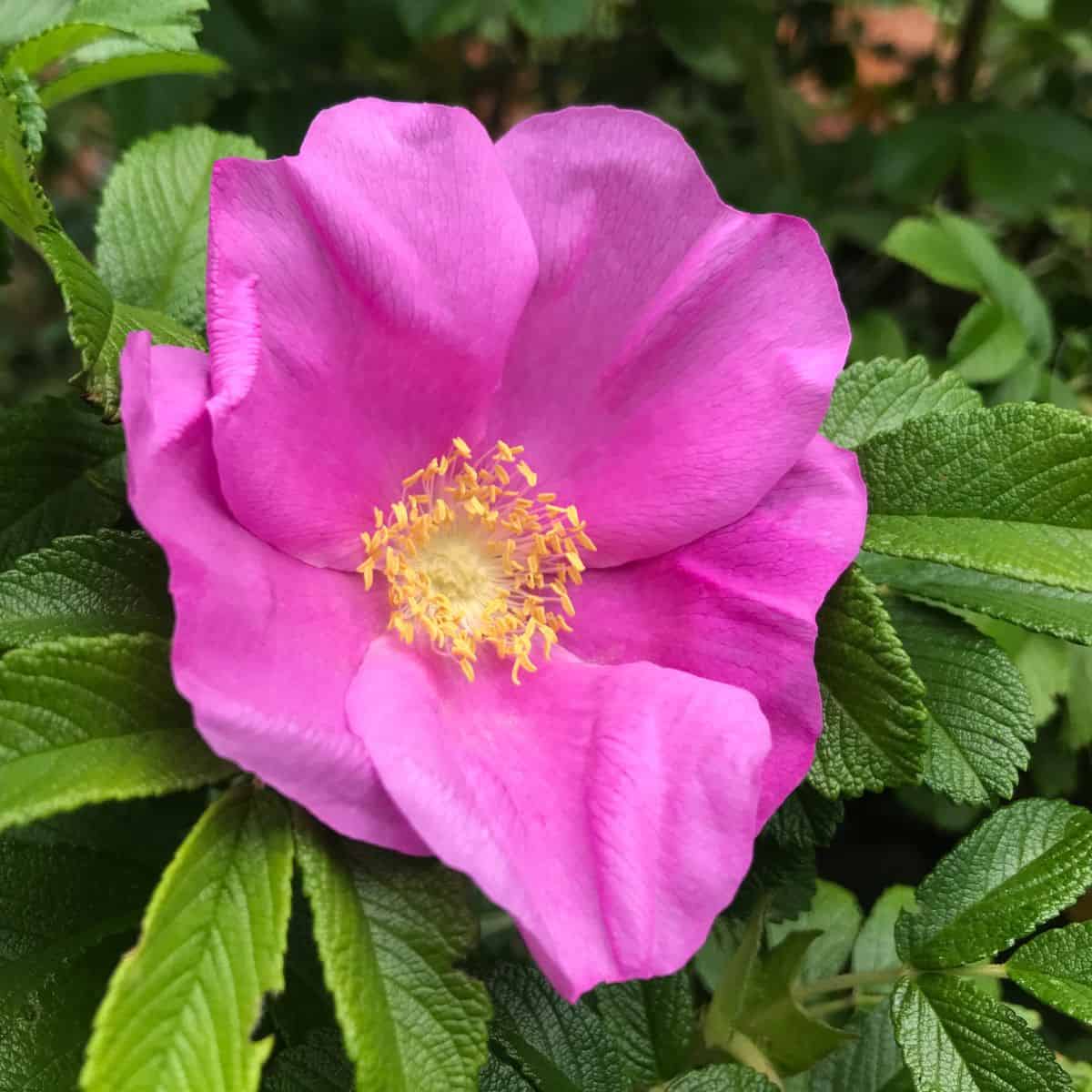

How To Make Rose Water Using The distillation Method
To make my rose water I use the distillation method, as opposed to the infusion method. The infusion method involves simmering the rose petals in water until they lose most of their colour, then straining the infused water. The resulting rose water is a pretty colour but not as concentrated as when it is produced using the distillation method.
When using the process of distillation which is essentially catching the fragrance of the rose through the process of condensation, there is no bitterness in the rose water. Boiling the roses leaves the rose water with too much bitterness and hardly any fragrance.
Instructions
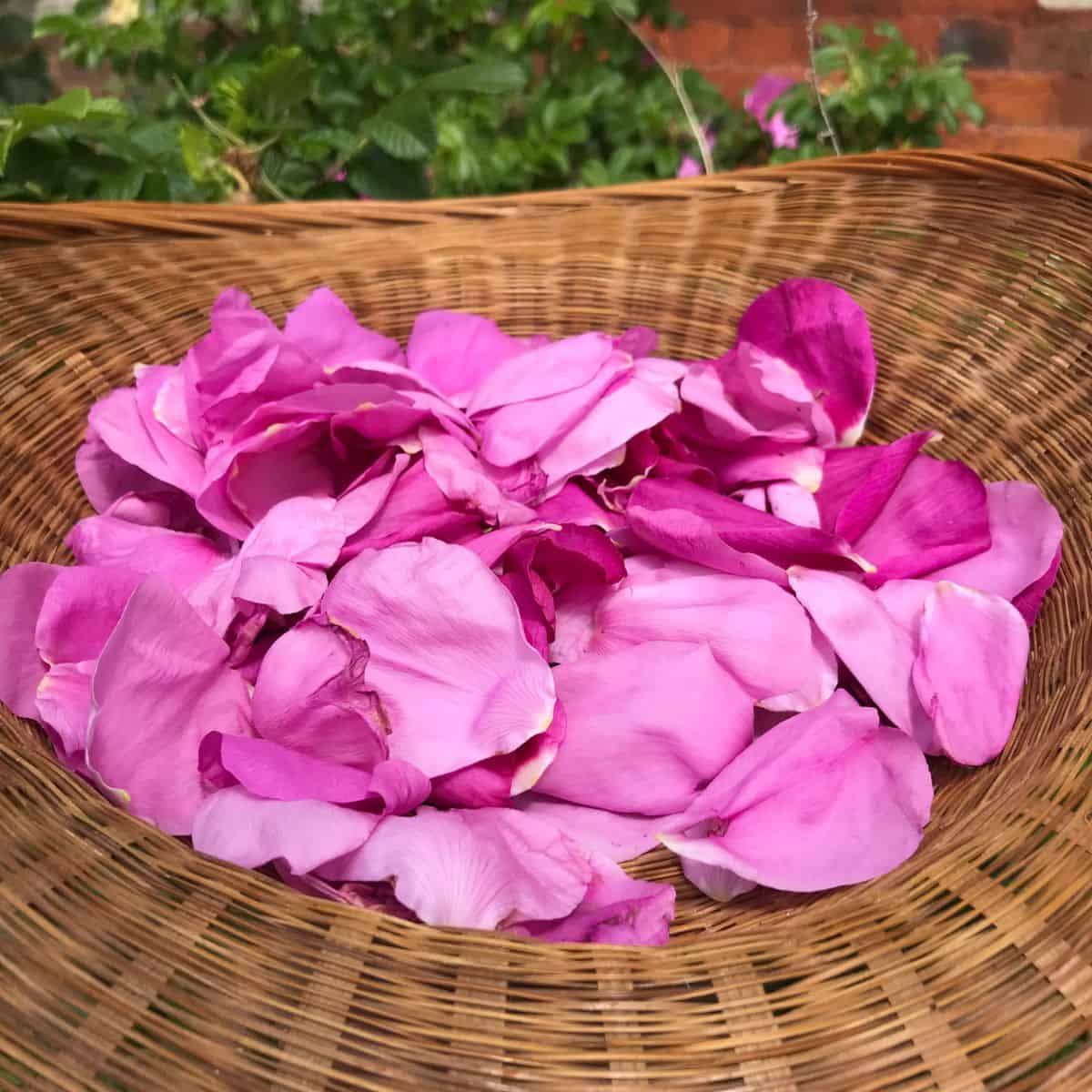
On a sunny day, gather your rose petals. Give them a gentle shake to remove any bugs.

Place a heat-proof glass bowl into the centre of a large pot. Place the petals around the bowl and cover with the water. The rose water distillate with be gathered in the glass bowl via condensation.

Place the lid of the large pan on top of the large pan upside down. Place ice cubes onto the upside-down lid.
Gently simmer, the water containing the rose petals surrounding the glass bowl for 30 minutes. If necessary, carefully discard the melted ice cube water and replace it with more ice cubes.
The simmering water containing the rose petals will evaporate with the essence of the rose petals, condense onto the underside of the ice-cooled upside-down lid and drip into the glass bowl.
Let the rose water in the glass bowl cool down and then transfer it into a sterile spray bottle if you are using it as face spray.
You can also drink rose water or use it as an ingredient in cooking.
How-To Video
Here is a video guide to making your rose water.
Equipment
You will need a large pan, large enough to place a heat-proof glass bowl inside that can then be surrounded by rose petals and water.
Storage
The rose water should last at room temperature for up to six weeks.
Top tip
Before you start the distillation process, make sure you have enough ice. I found it is better to freeze water in bowls and use that versus ice cubes as the cubes melt faster.


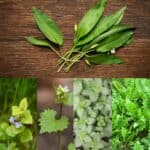
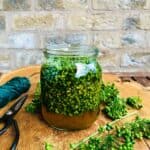
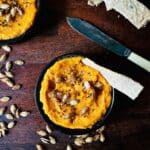





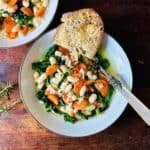



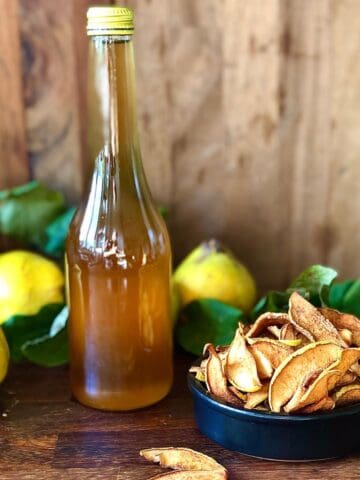
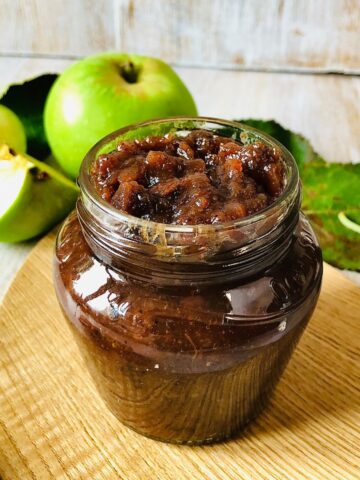
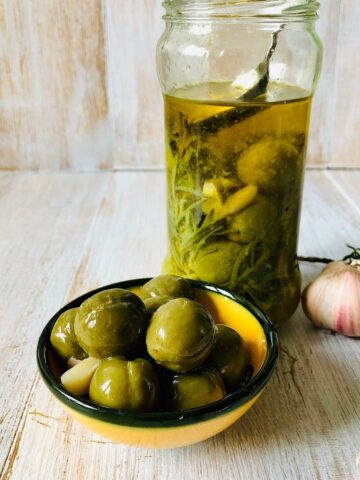
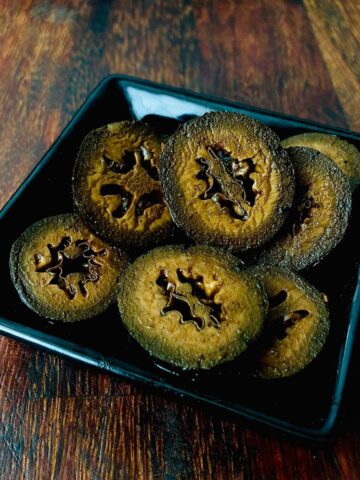
Leave a Reply